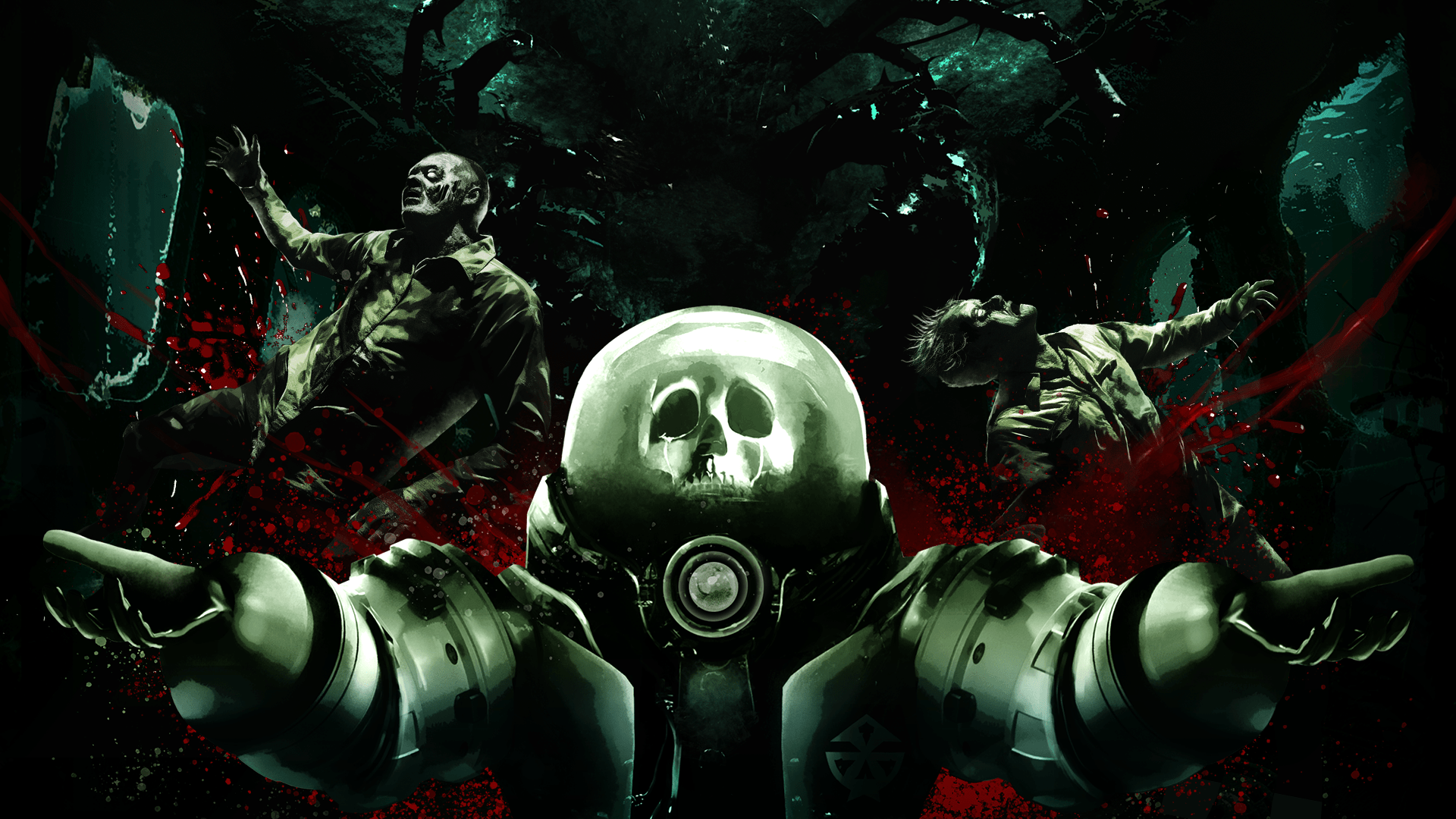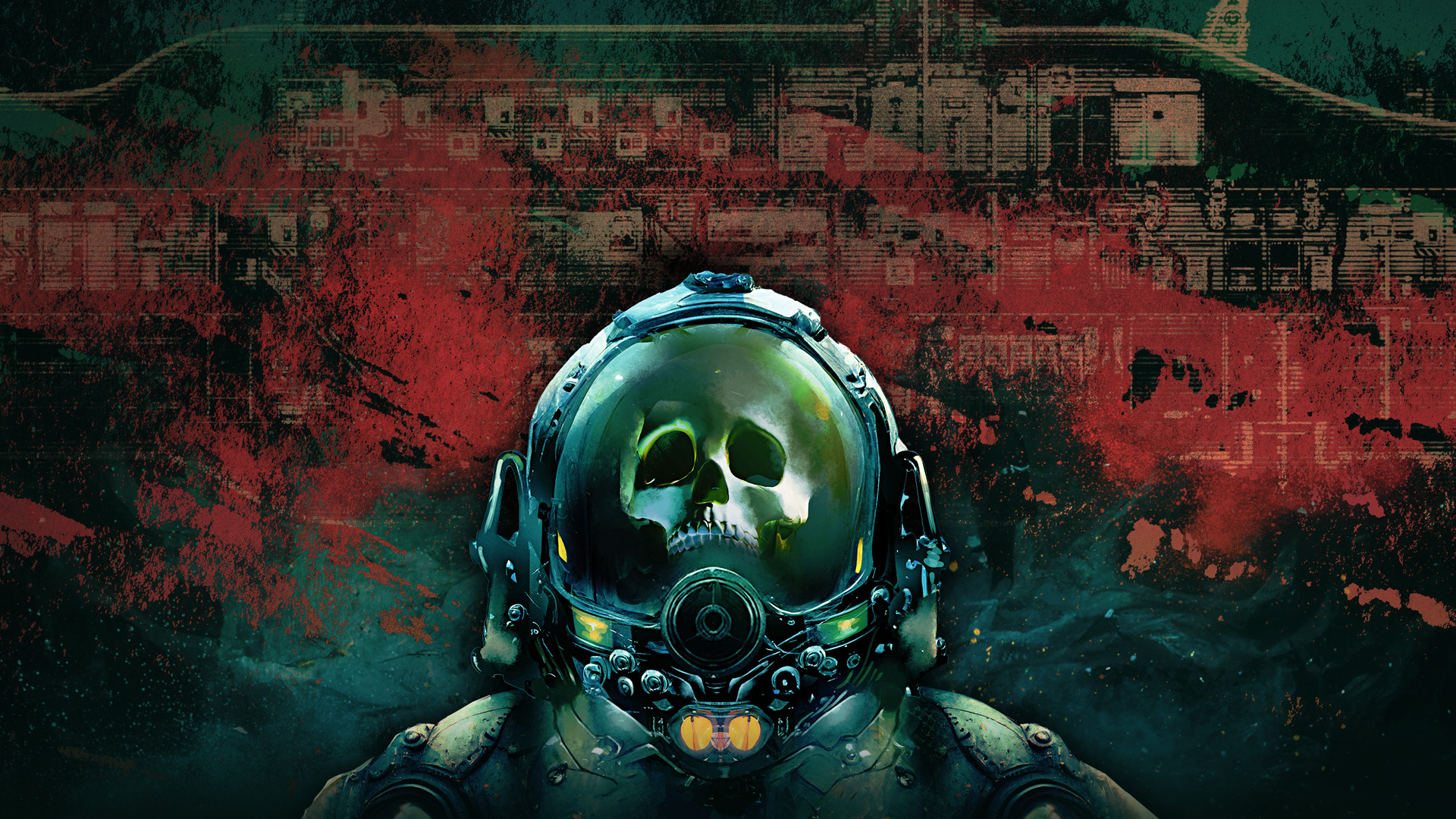Hello everyone!
Before we get into the upcoming next Barotrauma update, we wanted to write a bit about something else: Tomorrow marks the 2nd anniversary of our Steam release! The game and the community have taken a big leap forwards since the previous anniversary, as we’ve introduced some big, long-awaited features such as the explorable outposts, caves, Abyss monsters from the legacy version, and too many smaller improvements and additions to even count. Our player base has also more than doubled in size since last June! Now, let’s take a look back at the journey so far – and shed a bit of light onto what’s coming next.
From a hobby to a studio project
As many of our veteran submariners know, Barotrauma has been in the works for a much longer time than the two years it’s been available on Steam. Originally, it started as a hobby project of 21-year-old university student Joonas “Regalis” Rikkonen back in 2014.
About three years later, Regalis was still developing Barotrauma in his free time, while also working for FakeFish Ltd., an up-and-coming developer from Turku, Southwest Finland. One thing led to another and Barotrauma eventually became a FakeFish game. Since then, we’ve been able to dream bigger and do better together, and Barotrauma even landed our young studio a publishing deal with Daedalic Entertainment.
Taking one person’s hobby and turning it into a whole company’s project went surprisingly smoothly. There were a few months of brainstorming between Regalis and FakeFish lead designer Ez “Chad Husk” Jämsen at the start of our co-operation in early 2018. The two would discuss their hopes and dreams for the game, ask a lot of questions of each other, review each part of the game that already existed at that point, and begin to map out a common vision for the future of the game. Quite quickly, something took shape that both felt stayed true to the spirit of the original game experience, but expanded upon it in virtually every way.
There were challenges too, of course – as the game underwent big changes and dozens of new systems were added in such a short span of time, stability decreased, almost every aspect of gameplay was wildly out of balance, and placeholders abounded. For a while, it just wasn’t all that fun to play during the weekly in-house testing sessions. Persistence and hard work paid off, however, and in October 2018, we finally had a build that was relatively stable and started to represent our vision in terms of excitement, fun and challenge.
Full Steam ahead
Switching gears from a small hobby project, whose early versions had been shared for free, to a commercial product on Steam posed some challenges as well. The day of our Early Access launch on Steam was particularly nerve-wracking for the whole dev team. How would the old fanbase who had played the legacy version react to the Steam version that looked and felt quite different? What kind of a reception would we get from new players who knew nothing about the game?
The reviews in the first few days after we went live were mixed, largely due to some technical fumbles on our part with the launch build. Some of our worries also came true: A number of our legacy players felt shocked at how much the game had changed, while many newcomers were put off by the rough edges and shortcomings at the time (we still flinch a bit when we see some of the gameplay footage from that era). Thankfully, the initial shock faded quite quickly… and thinking about it now, the launch and everything that came after exceeded even our wildest expectations for the first commecial release of a small studio from Finland.
While we were really excited by the passion and engagement we were seeing from the community, it was clear almost immediately that we had a lot more work to do – things such as griefing moderation, streamlining server hosting and generally making the game a little more accessible to players who hadn’t spent years playing the so-called ’legacy version’ before the Steam release. In a way, this felt like a balancing act between keeping the game unforgiving and complex while making it easier for new players to dive into.
Griefing in particular was something that caused us, and our players, a lot of headaches during the first months after release. Barotrauma is a game where a million things can go wrong during a round. A small mistake can spiral out into a complete disaster, and it’s not that difficult to cause one of those disasters on purpose. Griefers turned out to be very creative when it came to devising unexpected ways to dispose of their crewmates, or send the submarine plunging down into the Abyss.
In a way, it was exciting to see how much room there was for using the game’s systems in ways we didn’t expect. We didn’t want to restrict that freedom too much, but we obviously had to do something – playing on public servers had turned into an exercise in frustration. To combat the griefer situation, our key focus with the first major content update, “Saints and Sinners”, was to improve the game’s server moderation and anti-griefing tools (Fun fact: Chad Husk designed the new karma system somewhere over Greenland, a can of expensive Icelandic beer in hand, on his way to GDC in San Francisco).
Another thing that we in hindsight might have done better for the Steam release was server hosting. In the very first Steam versions, hosts had to manually forward ports on their router to play with others, which was extremely inconvenient and prevented some players from hosting servers at all. Getting this fixed was a very good day for us.
Moving up a new gear
Despite its eventful early days (or perhaps because of them), the game was quickly improved in every department, thanks to a very busy update schedule. This allowed our sales numbers to grow, and in late 2019 and early 2020 we were able to boost the capabilities of our team with some new developers. With more manpower, we knew that we could reach even higher than we originally dreamed, and armed with tons of ideas in our backlog, we set about improving and expanding the game even further. This led to an interesting challenge: prioritizing new features schedule-wise, while listening carefully to the ideas and wishes our community provided us with. Along the way, our plans also evolved a few times, which is quite normal particularly when working with a game as complex and diverse as this, with a custom engine no less.
In early 2020 we expanded our community testing routine and started to release unstable early versions of each new update to a larger tester group. This helped us to involve our community even more, as anyone interested was able to test development builds, finding bugs and making direct suggestions and other contributions to updates. This turned out to be a really good decision. We’ve been able to increase the quality of our updates a lot because of this, and we owe big thanks to everyone who contributes to the game this way.
With the release of the “Silky Smooth” update, we’d managed to iron out a large portion of the known existing issues in the game. This finally allowed us to focus more fully on pushing out new features in a rapid schedule. 2020 in general was a really big year for us, and for Baro, introducing such features as wrecks, explorable outposts, pets, plants, and a total environment overhaul. The year boasted no fewer than five large updates.
The results of the work we did last year were huge, but in working so fast, we were also accumulating creative and technical debt. “We’ll have to aim for minimum viable first and expand this later…” was something heard often during this time.
This year, we’ve continued building onto the game, with a new focus on quality of features over quantity… and we’ve made two large releases already, with a third update around the corner, so the pace hasn’t slowed down a lot. There’s always more work to do, but looking at the Steam reviews hovering between “very positive” and “overwhelmingly positive” and the feedback we’re getting from the community, we feel like we might be going in the right direction!
Early access in numbers
Since Barotrauma hit early access on June 5, 2019, we’ve deployed twelve large updates and countless smaller patches, which together have added almost thirty new creatures of various kinds, as many new missions, half a dozen new submarines and two new dungeon types, as well as introduced explorable underwater outposts and overhauled the entire campaign game mode, almost all in-game visuals and the whole user interface. That’s a mouthful, and it was just the highlights.
In our previous anniversary post, we went through some of the numbers that show how much had happened at that point after the Steam launch. We decided to do that again.
- 18 updates and patches, that is 40 altogether from the start of EA
- 29,180 commits in the 2nd year
- 4,773 tickets closed in our issue tracker
- Over 9000 new reviews
- Over 800,000 copies sold
- Almost 10,000 new Discord members
These numbers are difficult for us to believe. Thank you for being a part of our journey and helping the game get this far!
What’s next?
Barotrauma is getting another content update in a couple of weeks. It will feature a new upgrade system for submarines, an overhaul of in-game events that drive the game’s story, brand new missions, and improvements to the single player game mode – more about all that a little later.
Excitingly, with the next few content updates, we’re getting close to being feature-complete. That doesn’t mean we’re out of new features to add, but we can begin to focus more on polishing everything… before we move out of Early Access. We don’t want to give precise release dates this early in advance, but we’re hopeful around this time next year we might be looking at the full release of Barotrauma. That’s a nice feeling, fit for our second Steam birthday.




